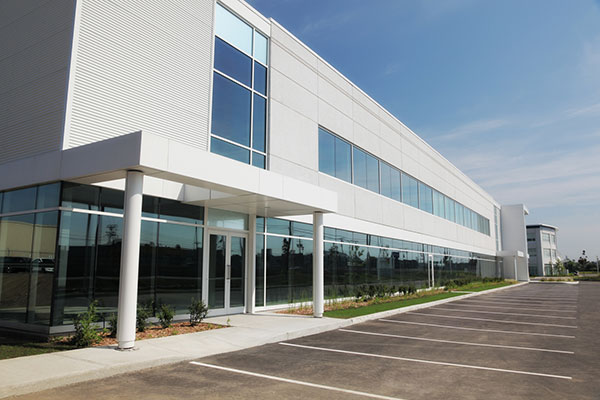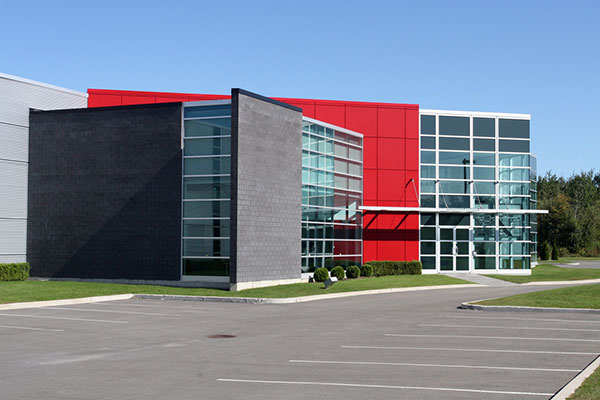7 Ways to Leverage CRE Tech and Data to Create Better-Than-Market Returns
Data is a language.
Understanding and interpreting it is about better decisions and building your portfolio with intelligent data management and analytics. Without organized data and analysis, making decisions is like shooting an air rifle in the dark at 30 meters distance – you’re unlikely to hit your target.
You may be able to push through and drive a profit. But to reliably increase your alpha (your return above market), we need to pull together our data from various systems – each speaking a different language – to maximize the NOI-generating potential of your portfolio.
Let’s look at 7 of the best ways to leverage data as a commercial real estate operator or investor, to take your assets to the next level of ROI.
In this article, we’ll explore how data can support your operations at each phase of the investment lifecycle. These are concepts that every operator must apply in running a commercial real estate investment, development, or asset management firm to keep the deals and revenue flowing.
1. Finding and vetting opportunities with CRE tech
Value-add opportunities are the heart of any CRE endeavor. Whether it be undeveloped land, infill, or redevelopment, we need to find properties that have the potential to yield a strong cash flow during operations and a sizeable profit at resale or exchange.
With the many CRE tech solutions available to us, we can analyze public data more efficiently to identify the best markets, subdivisions, and assets for investment and development.
How do you see the opportunities and conduct due diligence?
We use technology to find data and identify hot markets. Using census and cell phone records, we can generate heat maps of population and development. Then we can overlay that information with economic, crime, social, and weather data to see patterns that indicate opportunity.
To find acquisition opportunities, we extract property and owner information from public and private sources and organize and connect that data for our due diligence and acquisition teams.
The second thing is processing the data. Standardized tools and systems lead to more comprehensive data and thorough analysis. Additionally, analysts cost money and need time to prepare reports, but technology improves how you explore, vet, and secure opportunities.
In the process, we expedite our due diligence, enhance decision-making capability, and accelerate the acquisition of assets with the most upside potential and least exposure.
2. Understanding and attracting investors and tenants – optimizing your marketing
How do you know who to target with your marketing messages?
By observing trends in the marketplace and analyzing data concerning investor and user characteristics and behavior (demographics, psychographics, lifestyle, etc.), we can develop an ideal prospect persona that outlines their attributes, needs, and desires.
Organized data helps us understand what questions our prospects are asking, their problems, and how they prefer to communicate.
With this data-derived knowledge in hand, we build data-driven campaigns that are effective in delivering a relevant and motivating message to our audiences while also building rapport and driving action.
Once we’ve identified and studied our ideal prospects, we can delve into public and private data sources to find contact information and build our database of potential investors and tenants.
To organize and make the information actionable, we leverage CRM (customer relationship management) platforms to facilitate the acquisition and nurturing of leads that respond to our marketing.
3. Securing capital with compelling pitches
Now that you have the opportunity and made the connection, how do you seal the deal and get your project off the ground?
Drumroll… Data, of course!
Investors demand proof.
Evidence that highlights your organization’s accomplishments and core competencies, backed by objective market data, shows your project’s viability and goes far in establishing the credibility to raise large sums.
Many tools and platforms are available to collect, organize, and analyze data and then generate intelligent reports that capture investors’ attention and convince them of the upside and manageable risk.
Presenting coherent data differentiates you as an alpha operator – among the thousands competing for capital in our market – as it shows thorough due diligence and keen utilization of innovative technologies.
Cohesive and accessible data provides transparency to investors and other stakeholders by offering an objective information source to verify your claims.
4. Implementing CRE tech to improve communications between systems and teams
Cloud-based data platforms allow us to improve the collaboration and communication between the various internal and external teams (finance, operations, property and lease management, marketing, research, etc.) involved in the acquisition and management process, leading to better decisions and execution.
CRE tech lets you outpace the competition, particularly when you leverage predictive analytics and automated alerts regarding emerging ideal opportunities in the markets you’re watching.
By introducing a data management and analytics platform, you can centralize all the data across your portfolio and management teams, eliminating the traditional silos that compartmentalize information and slow workflows.
With all your data in one place, your team can access information more quickly and securely, enhancing situational awareness, limiting exposure, and enabling faster response to evolving economic conditions.
5. Actionable data in CRE for high-quality decision-making
Data is good, but knowledge is better.
Thanks to AI and machine learning advancements, we now collect and analyze data in real-time and seamlessly extrapolate the raw data into actionable intel.
The process of analyzing and generating reports is simply a matter of selecting the data we want to examine, applying various criteria, and automatically generating a vital visual representation of the information. This promotes deeper insight, faster decision-making, and smart prioritization of activities.
Visualization is crucial as it allows us to effectively identify and interpret trends, patterns, and relationships that are difficult to relate and understand solely by words and numbers.
It also drives our understanding of how key metrics relate to specified thresholds and helps us compare our performance to strategic projections, goals, and benchmarks – relevant insights to leverage for more compelling investor pitches.
6. Simplifying property management
When trying to grow our portfolios and optimize performance, simplicity is as good as gold.
It not only enables our teams to act more efficiently but also reduces management expenses and improves satisfaction for internal and external stakeholders, including staff, tenants, and watchful investors.
Additionally, data management systems unify our outward-facing teams and streamline the nurturing of tenant and investor relationships by providing us with the data and tools to automate outreach, lead generation, follow-up, and ongoing communication.
Emerging AI and CRE tech platforms reduce manual data collection and analysis and provide frontline management with instantaneous and actionable knowledge – crucial in adapting and responding to highly dynamic conditions in the post-pandemic environment.
7. Measuring, optimizing, and documenting performance with CRE data
Are you effectively measuring performance in your organization?
When our data is trapped in isolated systems across our organization, it’s difficult or impossible to conveniently and effectively gather and evaluate that information.
As noted before, centralizing your data is an essential strategy to document your performance and support your case with investors, improving your chances of funding the next project.
With scalable data management systems, you can simultaneously monitor results at a macro and micro level. Also, these instruments let you closely watch cash flow, occupancy, operational and maintenance expenses, capital expenditures, rent rolls, and, most importantly, NOI.
Additionally, a centralized platform lightens the load on your CFO and frees executive management to focus on strategy rather than analysis.
If your enterprise is pursuing ESG initiatives – which it should – tracking energy efficiency savings, payback period, and increased demand demonstrates to sustainability-conscious investors your commitment and success in applying ESG principles.
When we’re mindful of the social impact of our developments and have diligently collected data demonstrating our positive effect on the local community, we’re refining our brand positions and building goodwill with conscientious investors and local regulatory entities.
Max your NOI and build momentum
Regardless of the size or makeup of your portfolio, leveraging any mix of these strategies will improve the quality of your enterprise-level decision-making.
The results are high-quality investment opportunities, greater access to funding (with more favorable terms), and efficient operations that enhance your upside and lead to optimal satisfaction among all your stakeholders – capital partners and users alike.
CRE tech solutions for these strategies simplify the planning and implementation process without causing you undue frustration or unwarranted expense.
To scale faster, partner with experts in tech and data analytics that will expand your mastermind group, unlock the potential of your assets and capital, and maximize your alpha.


